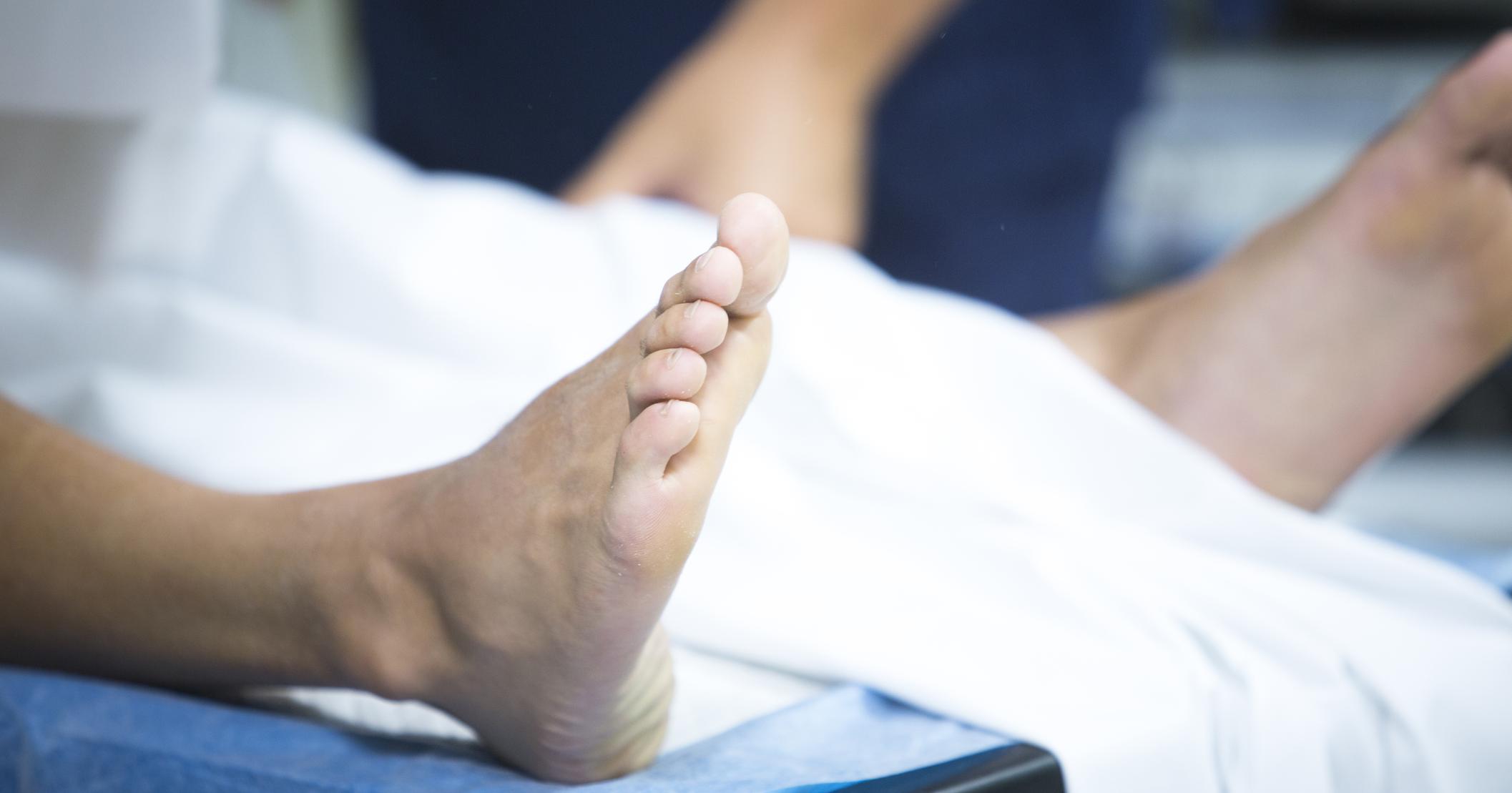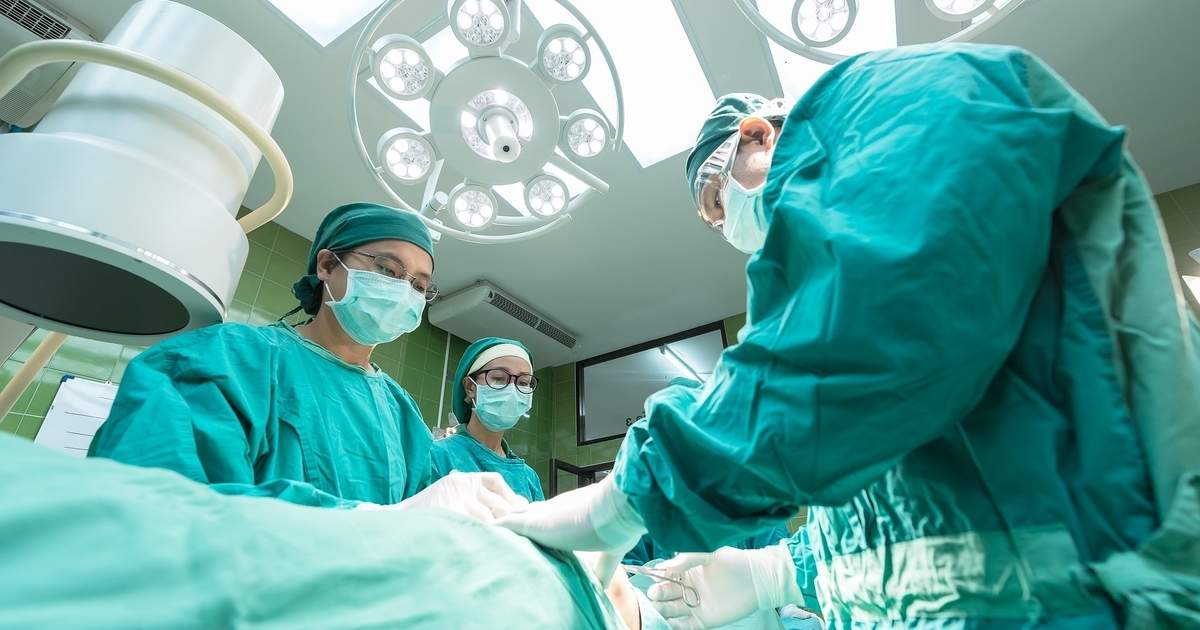Guide To Knee Dislocation Surgery
The knee is one of the most important joints of the body because it bears a lot of weight and is essential to walking around. Unfortunately, this joint is also fairly easy to dislocate. Things like a blow to the knee, arthritis, or even turning too sharply while putting weight on the knee can be enough to result in a painful dislocation. A knee dislocation does not always heal on its own, but modern medicine has created an effective form of treatment for individuals dealing with this issue. The treatment for this injury now comes in the form of a surgery that can repair the knee completely. Here is everything patients need to learn about knee dislocation surgeries.
What The Surgery Can Repair

Knowing what the surgery can repair will let patients know if knee dislocation surgery is a good option, as not all knee dislocations require the surgery. For a single occurrence of mild dislocation, a doctor will normally just put the knee back in place and recommend physical therapy. However, the knee joint is likely to become destabilized following a dislocation, so a patient may find their knee dislocating again and again. The surgery is normally used in cases where an individual has multiple dislocations or severe damage, and its role is to stabilize the knee so more dislocations do not occur. Surgery for the knee can repair tears to the ligaments that stabilize the knee, or it can repair damage to the cartilage and meniscus that cushion the knee joint. In cases where the arteries around the knee are damaged, the surgery can remove clots or bypass damaged arteries. Some styles of surgery can also fix nerve damage that impairs knee and calf movement.
How The Surgery Is Performed

How the knee dislocation surgery is performed will depend on what type of knee dislocation surgery a patient receives. One common type of knee dislocation surgery is a lateral release surgery, which slightly cuts a band of fibrous tissue along the outside of the knee joint to keep the band from pulling the kneecap to the side over and over. Doctors may also tweak the placement of muscles along the knee to help hold the joint in place. In almost all knee dislocations, the medial patellofemoral ligament (MPFL) is torn, so some surgical techniques involve using a donor or grafted tendon to reconstruct the MPFL. For situations where cartilage is torn, doctors may also need to implant a cartilage graft. Surgeries can be performed as an open operation, where the doctors make a large incision to reach the knee, or they can be done arthroscopically. Arthroscopic methods feed a tube filled with instruments into the area, so the incisions are a lot smaller.
